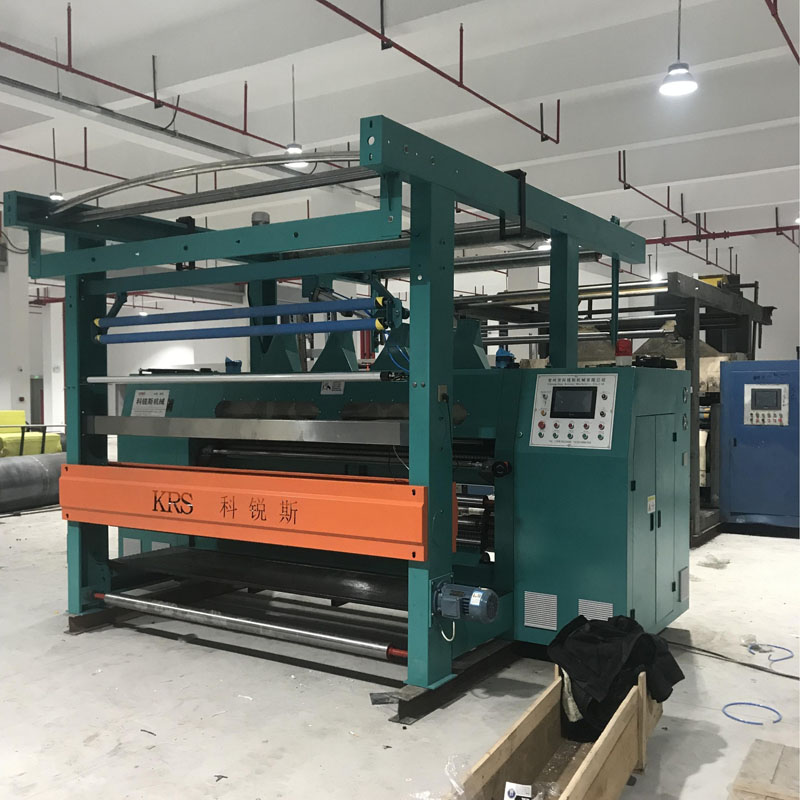Hydraulic vs. Pneumatic Automatic Shearing Machines: Understanding the Differences
2024-04-22
Automatic shearing machines play a crucial role in various manufacturing and fabrication processes, offering efficient and precise cutting of materials. Hydraulic and pneumatic shearing machines are two common types used in industrial applications, each with its own set of advantages and limitations. In this blog, we'll explore the key differences between hydraulic and pneumatic automatic shearing machines to help you understand which type may be best suited for your needs.
Hydraulic Automatic Shearing Machines
Hydraulic shearing machines use hydraulic power to drive the cutting mechanism. Here are the key characteristics:
1. Power Source: Hydraulic shearing machines rely on hydraulic fluid under pressure to generate the force required for cutting. A hydraulic pump is used to pressurize the fluid, which then actuates the cutting blade.
2. Cutting Capacity: Hydraulic shearing machines are capable of handling heavy-duty cutting tasks, making them suitable for thick and tough materials such as steel plates and bars.
3. Precision and Control: Hydraulic systems offer excellent control over the cutting process, allowing for precise positioning and pressure adjustment. This results in high-quality cuts with minimal distortion.
4. Speed: Hydraulic shearing machines typically operate at slower speeds compared to pneumatic machines, making them better suited for applications where speed is not the primary concern.
5. Maintenance: Hydraulic systems require regular maintenance, including checking hydraulic fluid levels, monitoring for leaks, and ensuring proper functioning of valves and cylinders.
Pneumatic Automatic Shearing Machines
Pneumatic shearing machines use compressed air to drive the cutting mechanism. Here are the key characteristics:
1. Power Source: Pneumatic shearing machines rely on compressed air to power the cutting action. A pneumatic cylinder is used to generate the force required for cutting.
2. Cutting Capacity: Pneumatic shearing machines are generally used for lighter-duty cutting tasks, such as thin metal sheets, plastics, and textiles.
3. Speed: Pneumatic shearing machines operate at higher speeds compared to hydraulic machines, making them ideal for applications where rapid cutting is required.
4. Precision and Control: While pneumatic systems offer good precision, they may not provide the same level of control as hydraulic systems, particularly for thick or hard materials.
5. Maintenance: Pneumatic systems generally require less maintenance compared to hydraulic systems, as they have fewer components and do not rely on hydraulic fluid. However, regular checks for leaks and proper air pressure are still necessary.
Choosing the Right Machine for Your Application
- Material Thickness and Type: Hydraulic machines are better suited for thicker and tougher materials, while pneumatic machines are suitable for thinner materials.
- Cutting Speed: If speed is a priority, pneumatic machines may be more suitable. However, if precision is more important, hydraulic machines are preferable.
- Work Environment: Consider factors such as noise levels, power requirements, and space constraints when choosing between hydraulic and pneumatic machines.
Conclusion
Both hydraulic and pneumatic automatic shearing machines have their own unique advantages and applications. Hydraulic machines offer high cutting capacity, precision, and control, making them ideal for heavy-duty cutting tasks. On the other hand, pneumatic machines excel in speed and efficiency, making them suitable for lighter-duty applications where rapid cutting is required. By understanding the key differences between these two types of machines, manufacturers can make informed decisions to meet their specific cutting needs and optimize their production processes.



